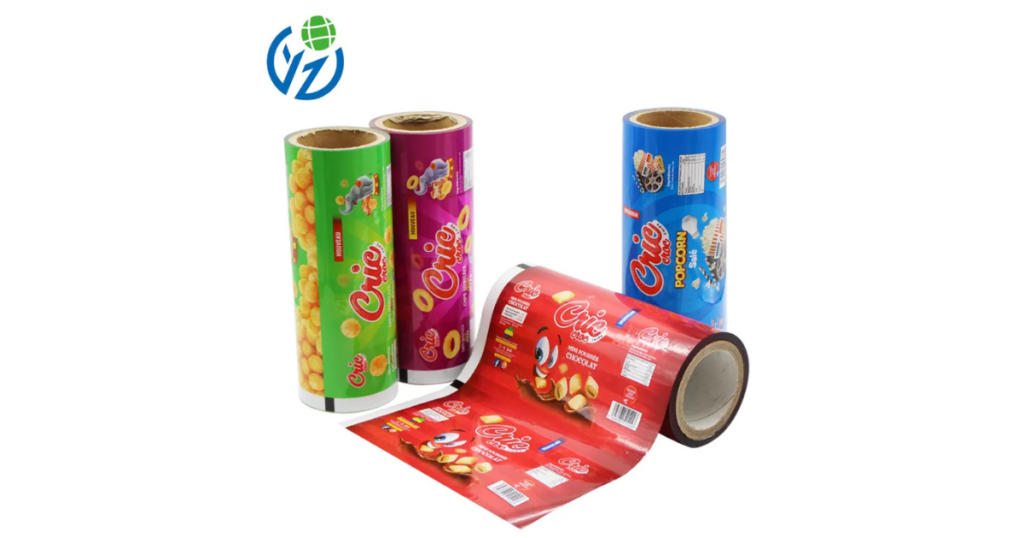Let’s first translate the language. Film thickness is measured in microns (µ) or in certain regions may be measured in mils. One micron is one of a millionth of a meter. Thin to the point of a metaphysical world. To picture it, the thickness of a human hair is approximately 70-100 microns. Flexible packaging films we encounter range from 12 to 100+ microns. It is important to stress that this measurement pertains to more than a mere feeling of how thick the film is. This is a prospective indicator of strength, stiffness, and barrier performance. Letting this specification slip is the first mistake of many to come.
Film Thickness and Product Protection
Film thickness is like the personal bodyguard to your product. Generally, the thicker the film, the more robust the protection. For instance, a heavier gauge offers superior resistance to puncture, tear, and abrasion. This is a bare minimum with sharp edged, heavy items or items that are long distance supply chain travels. However, protection is more than just physical. Barrier properties such as thicker films, moisture, oxygen, and aromas, are in place with food freshness and shelf life. It’s like an imaginary fortress that is proportionate to the imaginary threats your product faces.
The Expense Correlation of Film Thickness
This is when we discuss smart economics. Film is one of your packaging expenses and is sold by weight. In other terms, a thicker film uses more resin, which raises the price per unit. Your goal is not to select the thickest film possible, but the one that protects the product sufficiently without overengineering the solution. Using a thicker film than necessary is like putting on a full-armor suit when a lightweight helmet will suffice. The right packaging partner will help you conduct tests to guarantee that you never overspend on unwanted overperformance.
Fil Thickness and Printing Quality
If your company needs eye-catching graphics to differentiate your product on a shelf, film thickness plays a role here too. A film that is too thin is less responsive to the printing and may be prone to distortion and a less vibrant final appearance. A thicker, more stable film offers a better surface for high-fidelity printing resulting in sharper lines, more brilliant colors, and a overall premium look and feel communicating quality to your customer. You substrate needs to carry the your brand’s image on it.
Sustainability and Film Thickness
In today’s world, film thickness is also the matter of sustainability. Using the least possible film that still meets all your functional requirements is a direct way to reduce plastic waste. Less material produced, less material getting to the landfill, less carbon produced during the production and transportation. This is point source reduction. This is a positive approach for the environment and for the business.
Selecting the Right Packaging Film Partner
Having an expert on your side makes the process smoother. The best choice is not just a seller but a seller who is a consultant. They should possess technical knowledge to determine a suitable structure and thickness that balances cost, protection and sustainability. They have the ability to provide samples that can be tested to determine if the film performs as required. This is before the full production run.
Conclusion: The Strategic Choice of Thickness
The choice on the thickness of a packaging film is a critical strategic choice that is fundamental in guaranteeing the protection of the product, cost incurred, the reputation of the brand and the set targets for the environment. The right thickness is not a measure that can be guessed. It is carefully thought out based on the requirements of the customer. The principles of thickness and performance, and a packaging expert, can help make a choice that your business the right protection and best value.

